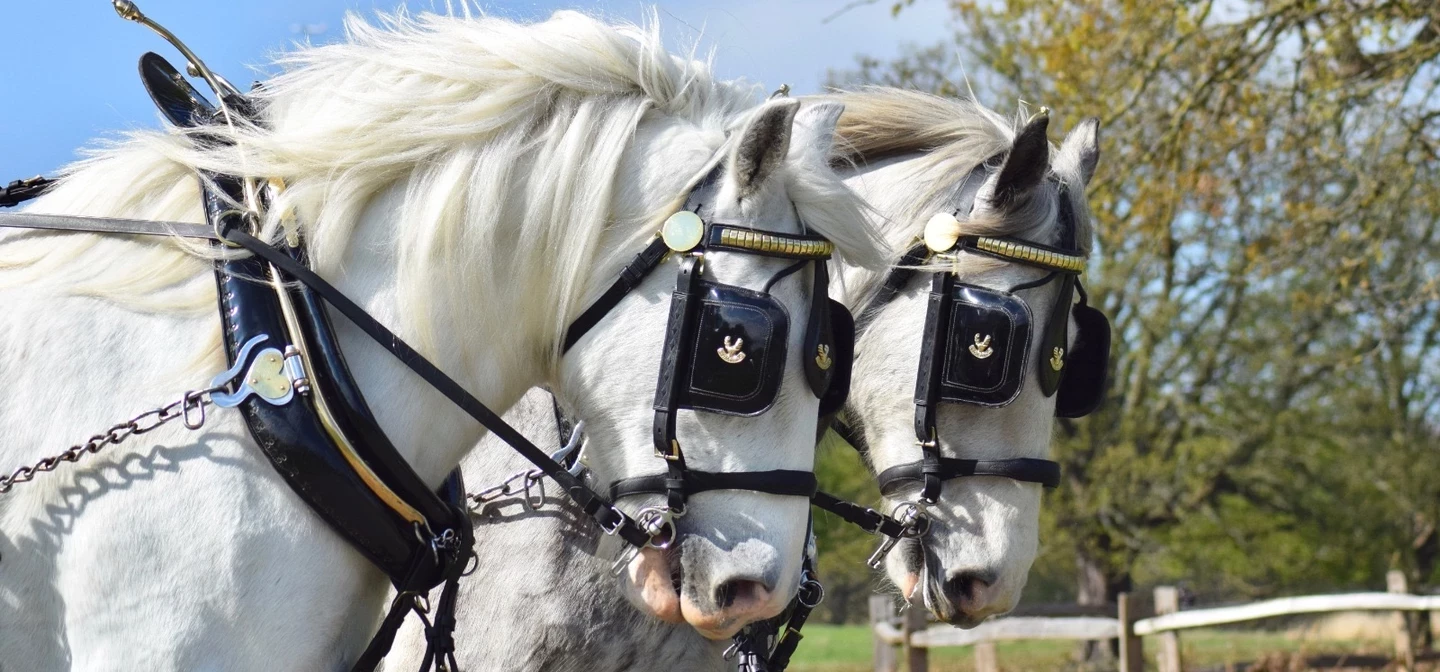
Meet Richmond Park’s Shire horses
There are just 2,000 Shire horses left in the world – and ten of them live in Richmond Park. You’ll see them out and about, carrying out conservation work and giving carriage rides. In this blog, we’ll help you put the names to the faces!
The gentle giants of Richmond Park
Our ten Shire horses, stabled at Richmond Park, are our gentle giants. Shire horses weigh over a tonne and are rarer than the giant panda. They are Britain’s largest native breed of horse, first appearing in Britain in the 18th century.
Shire horses hold the world records for the heaviest and the tallest horses in the world – with the world record-holder, ‘Sampson’, weighing in at 1,524 kg, back in 1846.
The Shires help us care for the Royal Parks
These horses work hard for the Royal Parks! They carry out crucial conservation work across all the parks and London’s other green spaces. They helped transport all the floral tributes left in the parks, after the death of Queen Elizabeth II. You can even take a carriage ride with some of them and get to meet them in person.
In reward for their hard work, the horses get two breakfasts, one lunch, one dinner and one bale of hay per day. Plus apples and carrots! But please don’t feed them anything else. It can seriously endanger their wellbeing.
In this blog, we’ll help you put the names to the faces! Operation Centaur's Dr. Andreas Liefooghe introduces us to the characters stabled at Holly Lodge.
Heath and Nobby
Heath is the senior of our 10-strong herd. He teaches all the youngsters the ropes.
Nobby, a grey, forms a pair with Heath but he’s a horse that keeps himself to himself. He’s now 12, but he stayed a grumpy teenager for a long time before he decided to grow up. Now he's Mr Perfect. Seeing him in the carriage for the winter rides is a spectacular sight.
Nobby and Heath are the tallest and biggest horses, and being grey they are very eye-catching. Despite their appearance, the term 'white' is only used to describe albino horses. Grey horses may look white, but they are born a dark colour and gradually grow lighter hair each year.
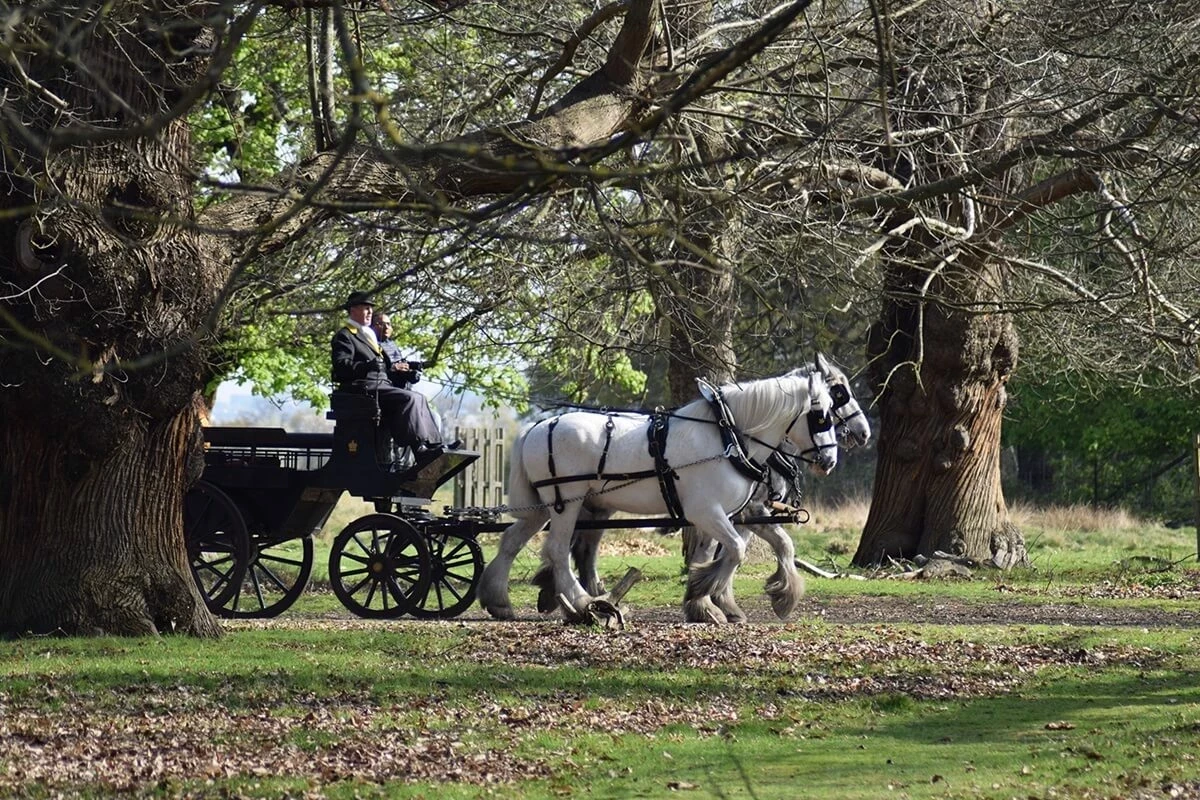
George and Bess
George is a lockdown foal! Born in the summer of 2020, he was jet black but is now a wonderful rose grey. In just four months, his coat changed colour at least four times! His mother Bess, our only mare, is also grey and gets lighter every year.
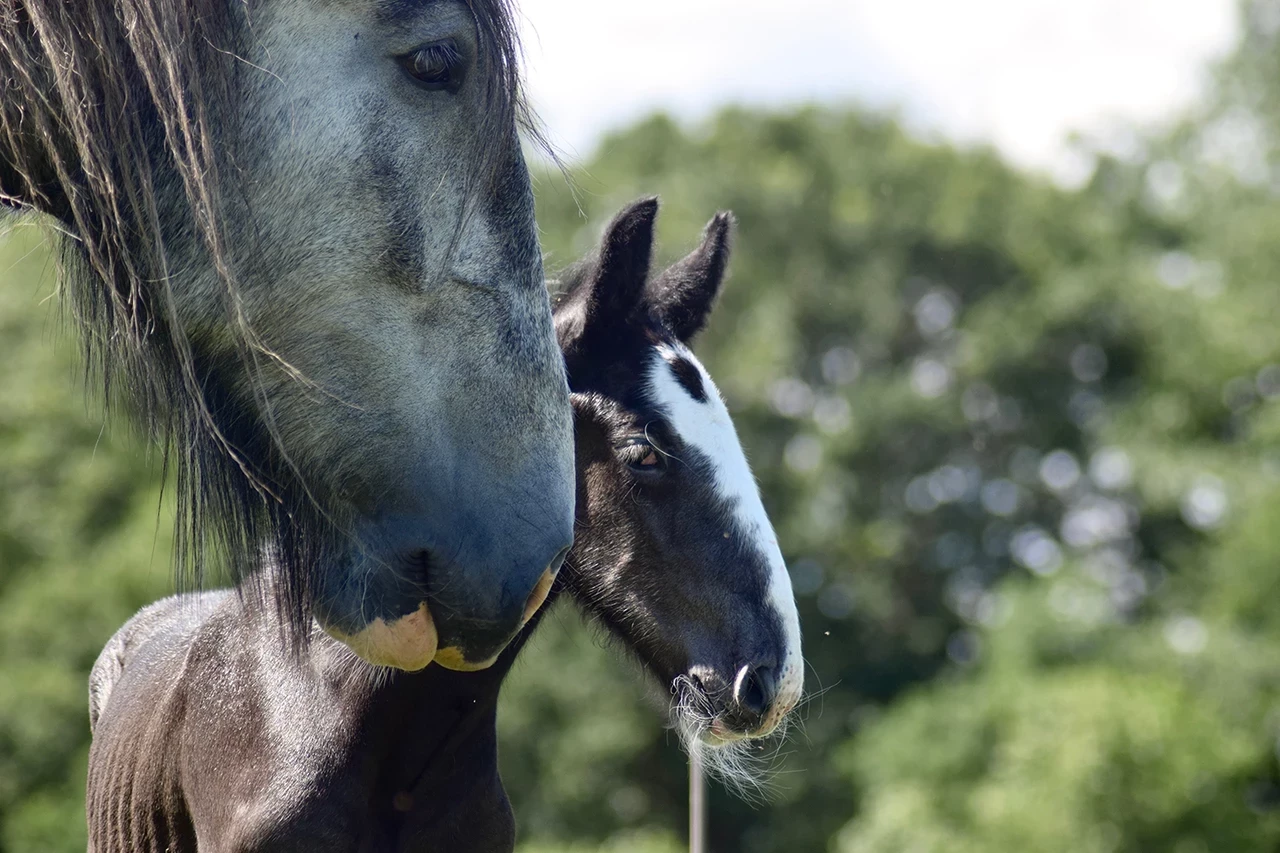
Murdoch and Joey
Murdoch, aka "The Flying Scotsman" is the most popular horse in the herd - all the horses love and respect him. We nearly lost him a few years back when someone fed him bread while he was in the field, and he developed colic. He had to be operated on and had 22 metres of gut removed. We’re very glad that he’s still here – and so are all the other Shires.
“Joey” (official name Nicodemus) is the smallest and the bravest of the herd. His coat is the colour of polished conkers, and there is nothing he can't turn his hoof to. Any job requiring a solid influence, Joey is first in the queue. With Murdoch, he is also one of the team’s favourite therapy horses.
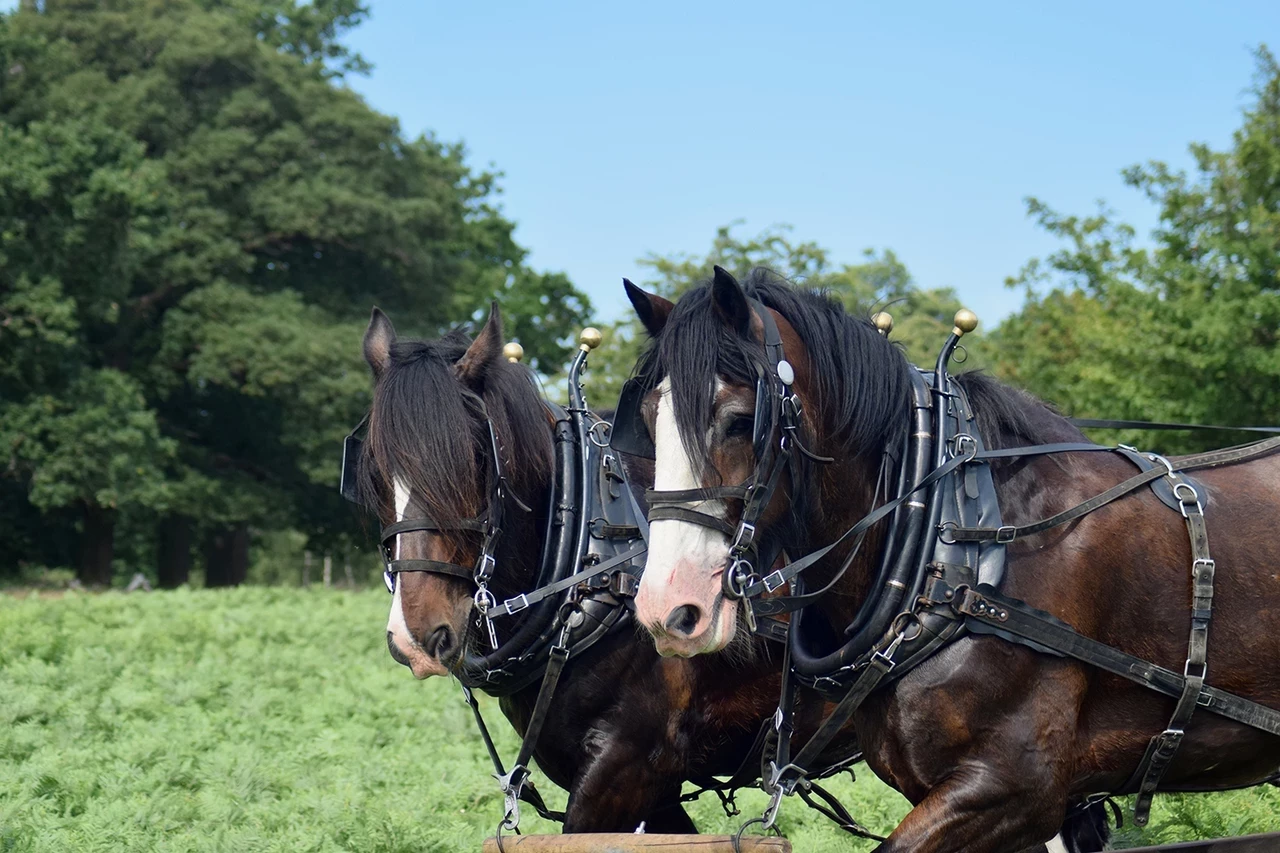
Monty and Tom
We have Monty and Tom who look like peas in a pod. They are both tall, slender and dark bay.
Tom is the senior at 12, whereas Monty is just 5. When they’re out in the field, they’re inseparable.
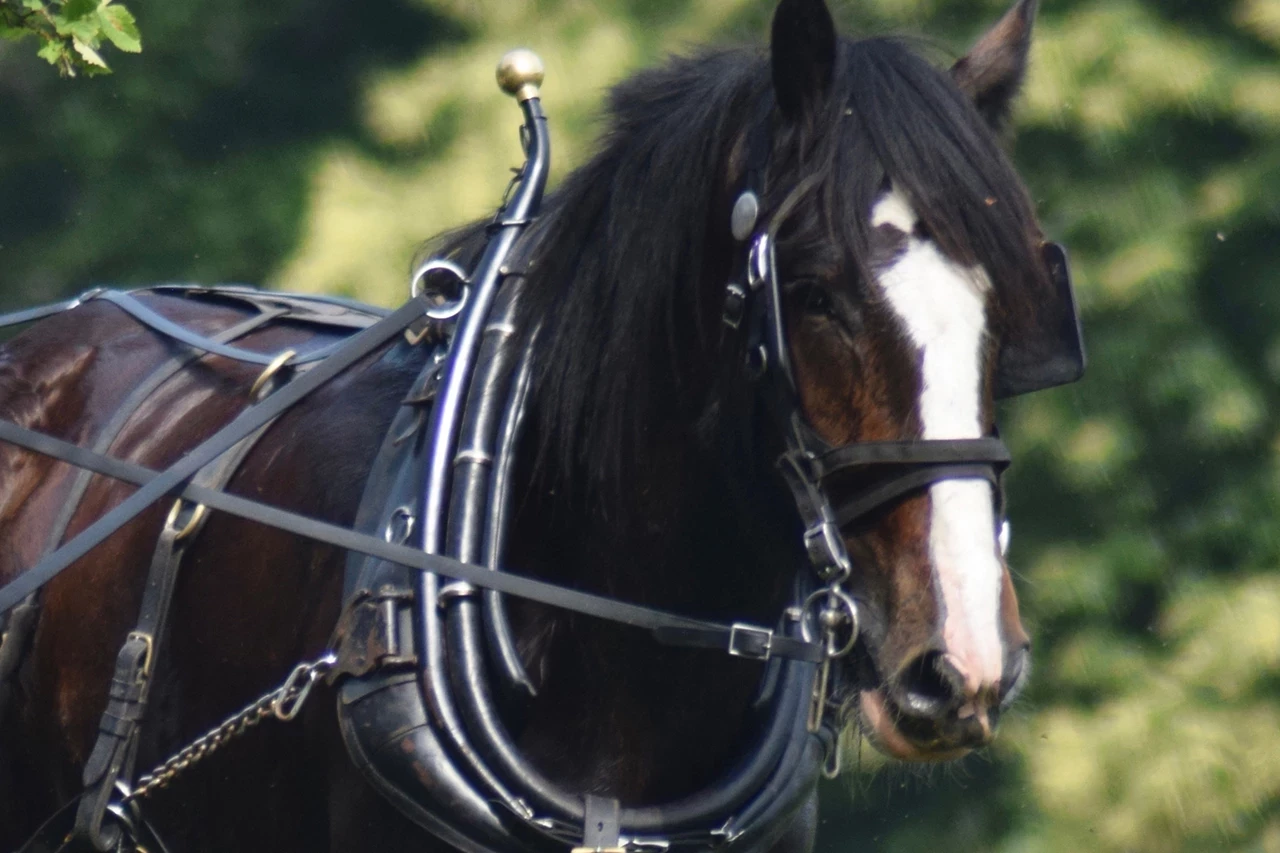
William and Sir Henry
In 2020, we acquired two young Shire horses from a sanctuary: William, 5 and Sir Henry, 6. They were a bit of a handful at first – but thanks to the steady influence of Heath, they’ve settled in beautifully.
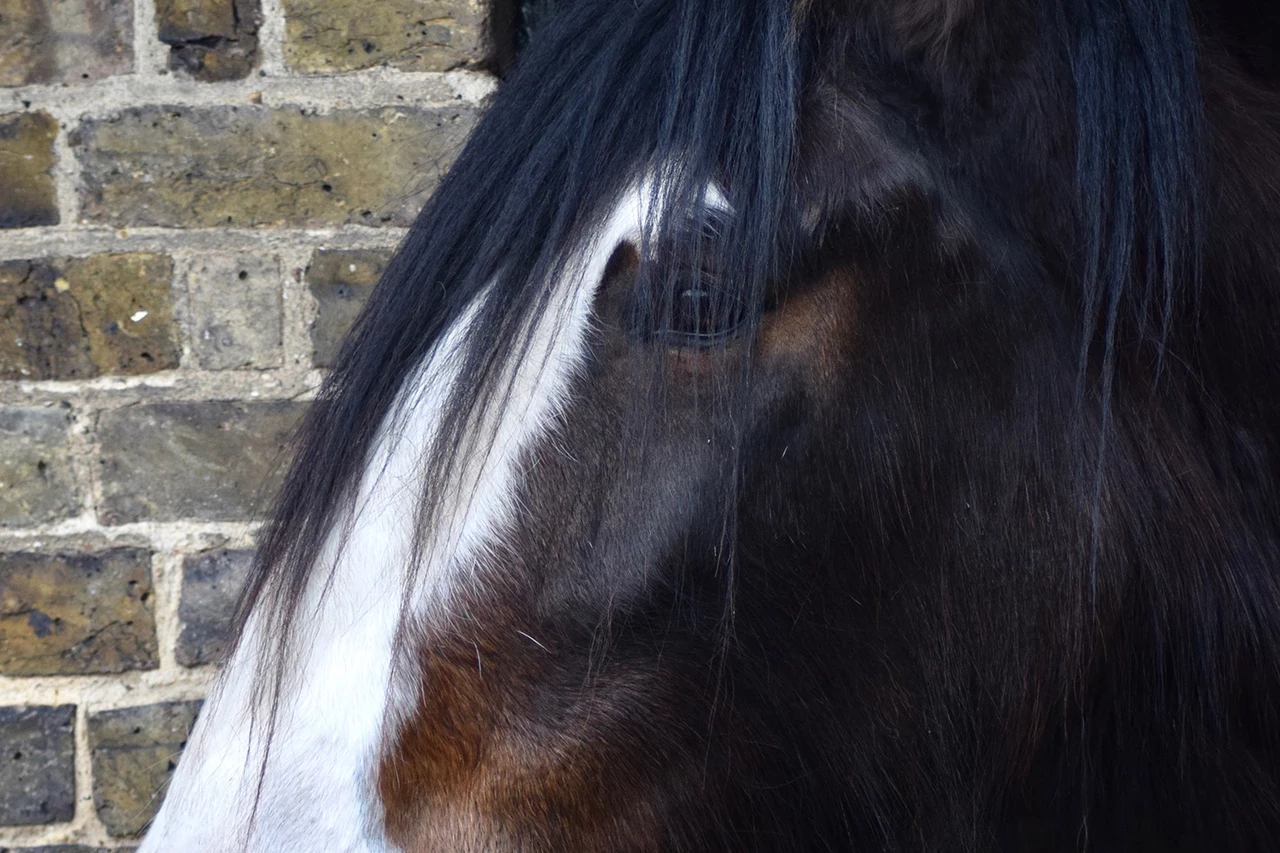
Training the shires of Richmond Park
As with all working horses, the Shires need a purpose – they enjoy a challenge, and being put to work, so they don't do so well as a pet. One of the silver linings of the lockdowns was that our team had a lot of time to spend in training up the younger horses in the herd.
First, the horses build a relationship with us and each other, and learn to trust. Then they get used to the equipment. Only then do we teach them how to pull. It’s amazing how fast they cotton on and are ready to join an experienced horse with some equipment.
We usually start the horses off with a harrow, as this is light and doesn't require a vehicle behind them. Once they know what they’re doing and settle into that work, we move to grass cutting and carriage driving before the bracken rolling in the summer.
Along with the free-roaming herds of deer, the Shires are probably some of the best known and loved sights in Richmond Park.
Related Articles
-
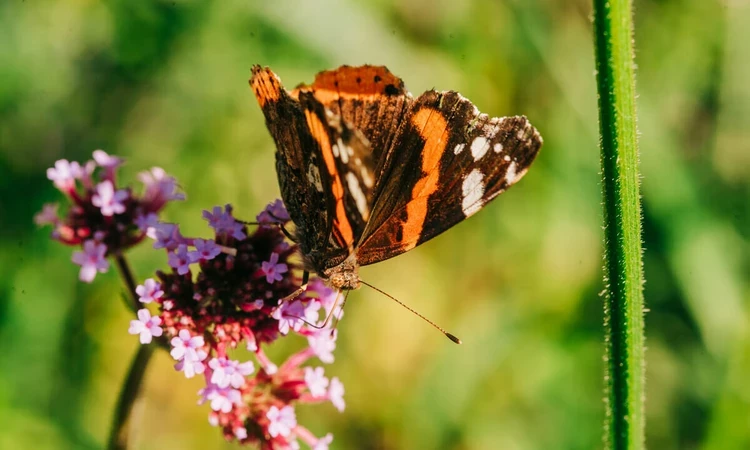 Listen
ListenBugs of the Royal Parks
Discover the wonderful world of the minibeasts we call invertebrates.
-
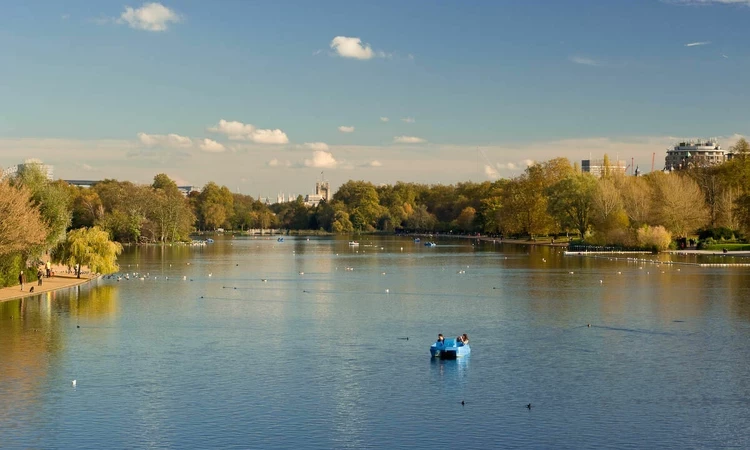 Read
ReadThe water features of Hyde Park and Kensington Gardens
The water features of Hyde Park and Kensington Gardens
-
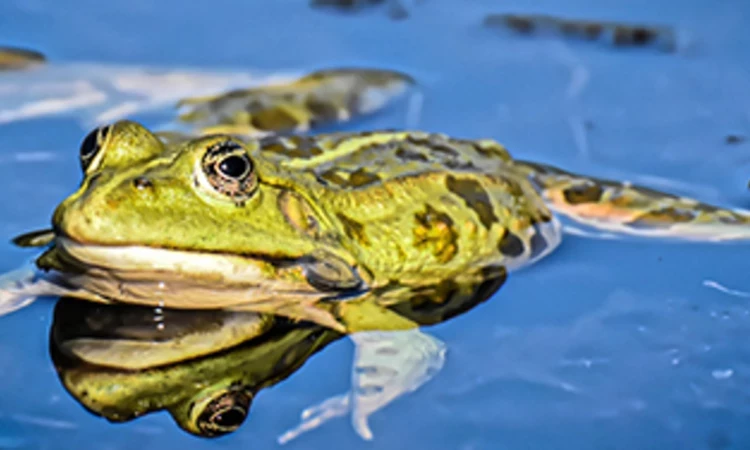 Listen
ListenThe Secret Underworld of Ponds
In this month’s podcast, we take a closer look at these underworlds and the unique creatures that live within them.